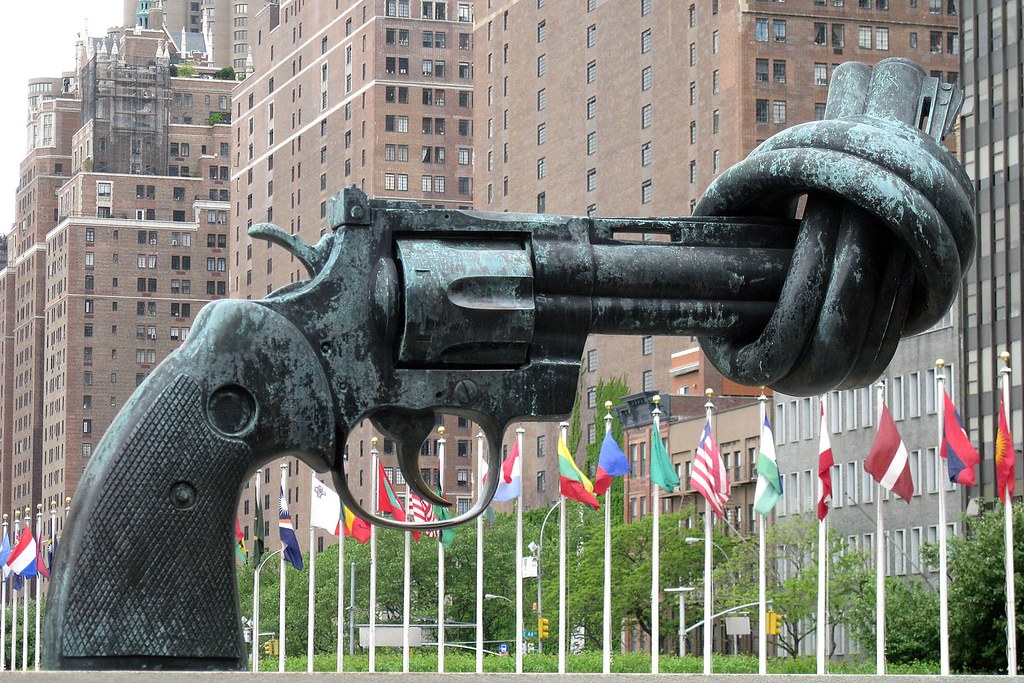International Day of Non Violence, 2 October

On the 2nd October the world celebrates the International Day of Non-Violence, on the occasion of Mahatma Gandhi’s birthday, leader of the Indian independence movement and the ideator of the strategy of nonviolence.
The day was established in 2007 with the resolution A/RES/61/271, with the purpose to disseminate the message of nonviolence, to reaffirm its universal relevance and to secure a culture of peace, tolerance, understanding and non-violence.
Non-violence is the greatest force at the disposal of mankind. It is mightier than the mightiest weapon of destruction devised by the ingenuity of man - Mahatma Gandhi
Gandhi not only helped India move towards independence, but also served as a great inspiration for the nonviolent movements for civil rights across the world.
He believed that just means lead to just ends and remained loyal to his principles even under oppressive conditions. He encouraged massive civil disobedience to British law and considered that the fight against colonialism should be done through peaceful means.
What is nonviolence?
Nonviolence or nonviolent resistance is a form of social struggle that rejects the use of physical violence in order to achieve social or political change.
Nonviolent action doesn’t mean to avoid conflict, it is a possibility to reject passivity and submission and wage the conflict without the use of violence.
Leaders’ power depends on the consent of the population, therefore nonviolence acts on undermining such power through withdrawal of the consent and collaboration.
Examples of categories of nonviolence action:
- protest and persuasion, including marches and vigils;
- non-cooperation;
- nonviolent intervention, such as blockades and occupations.

